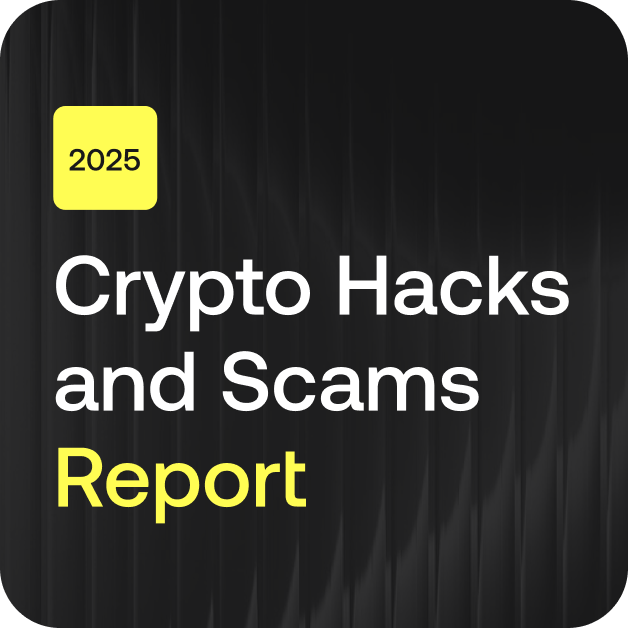After the conception of bitcoin, blockchain quickly captured the attention of developers worldwide. In 2013, Vitalik Buterin proposed a new platform that would usher in a new era of decentralized online transactions.
Ethereum launched in 2015 with 72 million minted coins. These coins were distributed to all who funded the Ethereum project; up to today, they account for 65% of coins in the system.
Ethereum offers a decentralized platform that encourages the developers to build upon Smart Contracts and dApps (DApp, Dapp, or dapp, spelling hasn’t been clarified yet), which provide outstanding blockchain possibilities.
One of the essential features of Ethereum is that it allows “permissioned” and “permissionless” transactions. See below a list of 20 essential Ethereum terms for your knowledge bank:
1.ERC-20 Token Standard
ERC is the abbreviation for Ethereum Request for Comment and is followed by the assignment number of the standard. ERC-20 is a technical standard for smart contracts which is used to issue the majority of tokens (in particular, cryptocurrency tokens) extant on Ethereum. This list of rules states the requirements that a token must fulfill to be compliant and function within the Ethereum network.
2. ERC-721 Token Standard
As stated above, this is another standard for Ethereum smart contracts, which allows for the issuance of a non-fungible token, also known as an NFT. This token standard is used to represent a unique digital asset that is not interchangeable.
3. Nodes
The real-life machines which are storing the EVM state. Nodes communicate with each other to propagate information about the EVM state and new state changes. Any user can also request the execution of code by broadcasting a code execution request from a node. The Ethereum network itself is the aggregate of all Ethereum nodes and their communications.
4. Accounts
Where ether is stored. Users can initialize accounts, deposit ether into the accounts, and transfer ether from their accounts to other users. Accounts and account balances are stored in a big table in the EVM; they are a part of the overall EVM state.
5. Transactions
A “transaction request” is the formal term for a request for code execution on the EVM, and a “transaction” is a fulfilled transaction request and the associated change in the EVM state. Any user can broadcast a transaction request to the network from a node. For the transaction request to affect the agreed-upon EVM state, it must be validated, executed, and “committed to the network” by another node. Execution of any code causes a state change in the EVM; upon commitment, this state change is broadcast to all nodes in the network. Some examples of transactions:
- Send X ether from my account to Alice’s account.
- Publish some smart contract code into EVM state.
- Execute the code of the smart contract at address X in the EVM, with arguments Y.
6. Smart contracts
A reusable snippet of code (a program) which a developer publishes into EVM state. Anyone can request that the smart contract code be executed by making a transaction request. Because developers can write arbitrary executable applications into the EVM (games, marketplaces, financial instruments, etc.) by publishing smart contracts, these are often also called dapps, or decentralized apps.
7. Ethereum
Ethereum is a technology home to digital funds, global payments, and applications. The community has built a thriving digital economy, bold new ways for developers to earn online, and so much more. The Ethereum community is open to everyone.
8. Ethereum 2.0
Ethereum 2.0 (Eth2) is the next phase in the evolution and improvement of the public Ethereum network. With a shift from a Proof of Work to Proof of Stake consensus algorithm, Ethereum 2.0 will result in improved scalability, security, and usability for the network. Eth2 will go live in multiple phases, beginning with Phase 0 in 2020.
9. ether (ETH)
Ether is the native currency of the Ethereum blockchain network. Ether—also referred to as ETH —functions as a fuel of the Ethereum ecosystem by acting as a medium of incentive and form of payment for network participants to execute essential operations. The cryptocurrency of Ethereum has a lowercase e. The plural of ether is just ether; its abbreviation is ETH, with a space: I have 10 ETH.
10. Proof of Work
Proof of Work (PoW) is a class of consensus algorithm that rewards miners who expend computational energy to solve mathematical problems to propose new blocks. With PoW, the probability of mining a block and thus receiving block rewards is a function of how much computational energy (known as hash power) a miner expends. Popular blockchains such as Bitcoin, Ethereum (1.0), and Litecoin are all Proof of Work blockchains.
11. Proof of Stake
Proof of Stake (PoS) is a class of consensus algorithm that selects and rewards validators as a function of a validator’s economic stake in the network. Unlike PoW, the probability of creating a block in a PoS network is not a result of hash power from burning energy, but rather the result of economic value-at-loss. Proof of Stake will be the consensus mechanism that Ethereum 2.0 uses to maintain the network. Unlike Proof of Work networks, Proof of Stake networks can achieve finality.
12. “Permissionless” transactions
Allow any Ethereum network computer to confirm the transaction.
13. “Permissioned” transactions
Only a select group of computers reviews “permissioned” transactions so all activity does not need to be exposed to all computers as long as it follows the protocols that have been set forth.
14. Staking
Staking replaces mining as the consensus mechanism in Proof of Stake blockchains. A stake is a fixed amount of funds that are ‘committed’ to a blockchain by a validator in order to participate in block creation and attestation. On Ethereum 2.0, validators will stake 32 ETH to the network and will be rewarded in ETH for their effort. If an ETH holder does not have 32 ETH, they may elect to use a staking pool to participate in Ethereum 2.0. Validators that break the rules of the network are subject to slashing of their stakes.
15. Deposit Contract
In order to register as a validator on the network, a user must generate Ethereum 2.0 keys by making a one-way deposit of ETH into the official deposit contract. To stake your ETH in Eth2, make sure you have the necessary hardware requirements, technical expertise, and follow step-by-step instructions using the official Launchpad application developed by the Ethereum Foundation and Codefi Activate and follow the instructions.
16. Staking Provider
Staking providers offer services–such as staking-as-a-service and/or staking pools–that stake funds and create, propose, or vote on blocks added to the blockchain on behalf of token holders. Staking providers help offload the technical burden of maintaining an online validator and/or reduce financial barriers to participation for participants.
17. Staking-as-a-Service
Staking-as-a-service tools offload the technical efforts of running one own’s validator node by allowing an individual with 32 ETH to select which client they wish to use to remotely run a node and stake their funds.
18. Staking Pools
In order for an individual to become a “full” validator on Ethereum 2.0, they must stake 32 ETH. Should a user be unwilling or unable to stake 32 ETH, they may elect to send fewer than 32 ETH to a staking pool, which will combine the funds of others and stake on their behalf. Pool participants will receive rewards as a percentage of their contribution
19. Finality
Proof of Stake blockchains can offer finality. After a small period of time, a block is declared final, which means that it can never be changed. All the transactions in that block and all previous transactions are permanent, immutable, and guaranteed forever. Proof of Work chains offer much weaker guarantees around finality.
20. Slashing
Ethereum 2.0’s consensus mechanism has a couple of rules that are designed to prevent attacks on the network. Any validator found to have broken these rules will be slashed and ejected from the network. Slashing means that a significant part of the validator’s stake is removed: up to the whole stake of 32 ETH in the worst case. Validator software and staking providers will have built-in protection against getting slashed accidentally. Slashing should only affect validators who misbehave deliberately.
Crystal analytics uses smart monitoring with easy-to-use case management and reporting options. A user can easily track funds using the Crystal investigation tool. Should you need to follow fund flows or entities, an expert tech, and customer support team is ready to show you how to get the best from the platform.
As of June 2022, Crystal has labeled 5.5k+ ERC-20 token entities on our platform and about 3k ERC-721 token entities, with more to come. Crystal’s Explorer and Monitor currently supports 3k+ ERC-20 tokens, with more functionality being added every week.
Crystal supports drafting a risk-based approach to compliance programs for virtual asset service providers and crypto businesses. Sign up for a free demo if you want to manage your risk and remain compliant with crypto regulations using our analytic tools.




